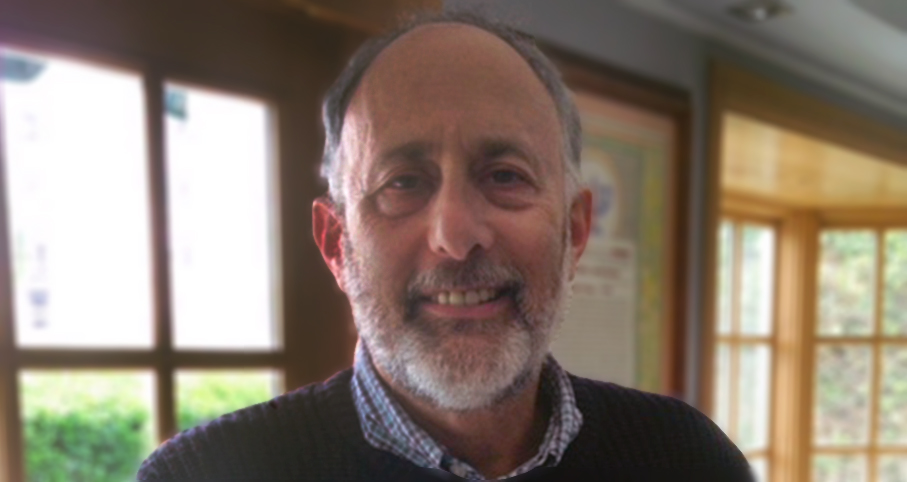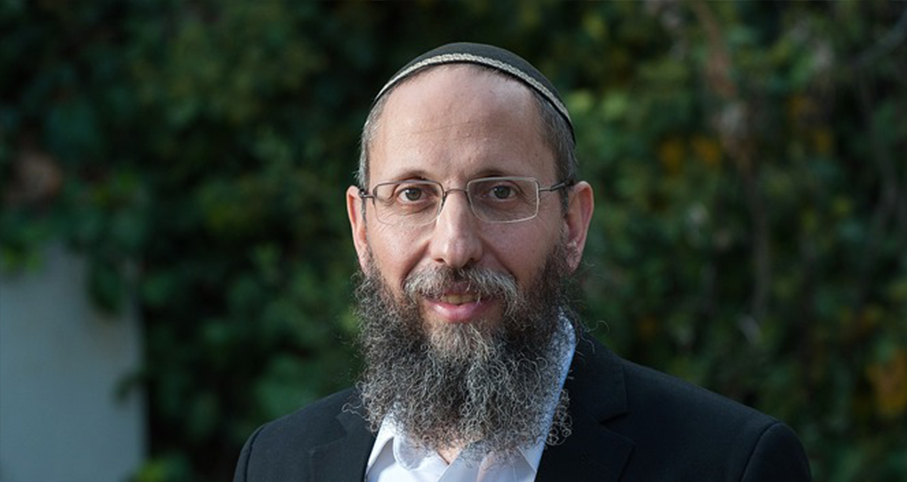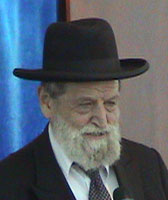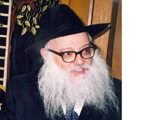Beit Midrash
- Torah Portion and Tanach
- Shmot
- Vayakhel
- Sections
- Chemdat Yamim
- Parashat Hashavua
Use of the cherubim was actually a timely move in the right direction. We see in Tanach that both the cherubim and the calf were related to the merkavah, the "chariot" associated with the Divine Presence in the heavenly world. Let us explain the significance without getting into any unduly sublime secrets, which we are commanded to avoid.
Yechezkel describes the merkava and its four faces with different images twice in nearby p’sukim. First, the images are: a person, a lion, an ox, and an eagle (Yechezkel 1:10). The second time (ibid.:14), the ox is replaced by a cherub. Chazal explained as follows. Yechezkel requested that the image of the father of the calf (ox) not be present, where it could conjure up associations with the sin of the Golden Calf; Hashem acquiesced (Chagiga 13b). Chazal also connect between the merkava and the sin in the following manner (Shemot Rabba 42). Hashem told Moshe that He would come down to Sinai only to find that Bnei Yisrael had taken something from the merkava and used it to anger Him. The midrash cites the p’sukim: "The face of an ox was to the left of the four" (see above) and "They replaced the Divine Honor with the form of an ox" (Tehillim 106:20).
These statements of Chazal lead to the following conclusions. The Golden Calf was an flawed attempt to serve Hashem. The use of cherubim was a process that was done to reverse the misuse of the calf/ox. We must understand an ox’s significance. The pasuk (Mishlei 14:4) states: "A multitude of wheat through the strength of an ox." Indeed, in Biblical times, the ox was a critical part of economic success. Thus, placing the ox in the center and bowing down to it, even if it is part of the merkava, is forbidden and dangerous, as representing enslaving oneself to the world of materialism. The cherubim, though, are a part of the merkava representing how Hashem runs the world in a manner more removed from materialism. While it is certainly forbidden to worship the cherubim, we can use them as a symbol of the dwelling of the Divine Presence. This strengthens the concept that while we should sanctify the physical, it should be in the form of "The cherubim’s wings were spread facing upward" (Shemot 37:9) and not in the form of an "ox eating grass" (Tehillim 106:20).
Financial success is not our Jewish State’s goal. Rather, it is a means for building a society that is built around spiritual aspirations.





















